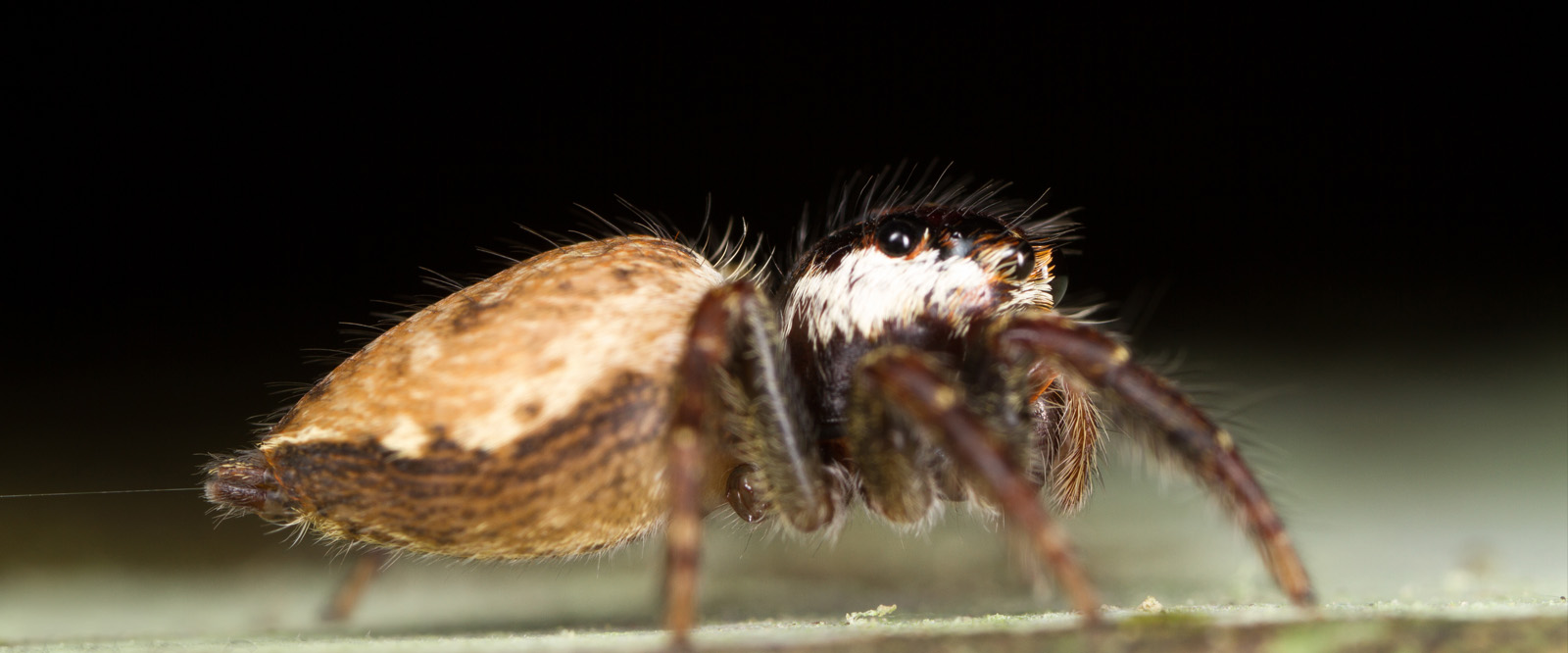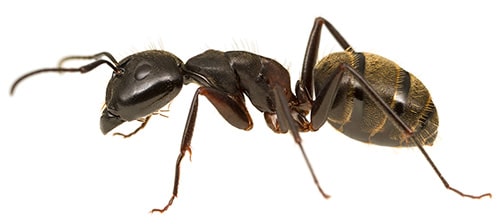
All images presented on this web page are © D. Magdalena Sorger 2010-2022 and may not be used without permission.
Please contact office@discoverants.com if you are interested in using my pictures.
I became interested in macrophotography because I simply couldn’t believe what becomes visible when looking up close. Big and notoriously flashy organisms draw less of my attention because they receive plenty of attention already (though exceptions exist). I take pictures of the really small things. And I almost feel that it is my obligation to make the amazing beauty and craziness I see visible to everyone around me.
All images presented on this web page are © D. Magdalena Sorger 2010-2022 and may not be used without permission.
Please contact office@discoverants.com if you are interested in using my pictures.
